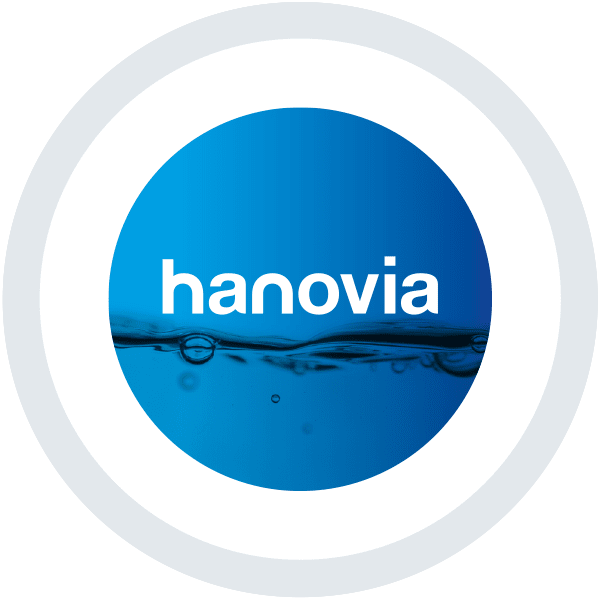UV Technology – Medium Pressure vs. Low Pressure. Which one is better?
When evaluating UV equipment, it can be quite difficult to understand the differences between manufacturers, technology, and system performance. Since UV equipment tends to last for 15-20 years, many buyers and engineers specifying equipment, may not understand all of the differences, since it is not a product that requires constant reevaluation and replacement.
When UV manufacturers refer to medium pressure or low pressure technology, the term pressure is in reference to the gas pressure inside of the lamp and not the system operating pressure in the pipework. Both technologies can handle system operating pressure equally.
When medium pressure UV technology was introduced, the main advancement was the ability to create lamps that would have a much higher output per lamp than low pressure lamps. Industrial medium pressure UV systems can output approximately 10 times more energy per lamp than low pressure UV lamps. This provides greater disinfection capacity within a single UV vessel, without the addition of numerous lamps to achieve a high level of disinfection, as required with low pressure systems. Therefore, medium pressure technology uses fewer lamps, has a smaller footprint, requires less maintenance, and requires fewer consumables overall.
It has been found over the years that medium pressure UV technology tends to provide a higher level of inactivation of organisms than low pressure UV (even at equivalent dosage levels),

due to the polychromatic output of medium pressure UV. This polychromatic output allows medium pressure UV to inactivate organisms through protein degradation and enzymatic breakdown, in addition to DNA destruction. It has been shown that some strains of organisms (such as adenovirus), require 1.5 times the dose with low pressure UV technology as compared to medium pressure UV, for an equivalent level of inactivation.

The biggest drawback of medium pressure as compared to low pressure, is that the lamps are less efficient and consume more energy in order to provide the same disinfection dose. In addition, because of the high output per lamp of medium pressure systems, they can require additional process design to dissipate the heat that is generated, especially during periods of zero flow. As a result, determining which system has the best fit, depends a lot on the process and application.
Below is a table suggesting which technology may be the best fit for a particular process and application.

It may be helpful when choosing a UV system to work with a manufacturer that has the expertise and manufacturing capabilities to offer both types of technologies, in order to get an accurate assessment of which technology is the best fit.
In addition, process and system design play an equally important role in determining which system best fits into the process, especially in regards to flow (intermittent or constant), water quality, and desired level of disinfection performance.
When implementing UV, working closely with a sanitary processing expert (such as companies that belong to the Food Industry Suppliers Association – FISA) can help ensure the right UV technology is chosen for your specific process.





 沪公网安备 31011202013557号
沪公网安备 31011202013557号